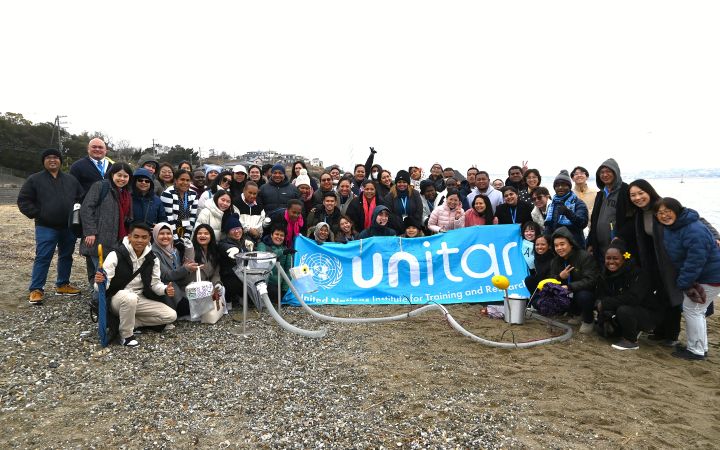Safe, reliable and more affordable electricity to the Esperance region has been secured for the next 20 years through an agreement which will deliver a significant reduction in carbon emissions.
The new, long-term power solution will deliver a reduction in the cost of supplying electricity by an estimated 39 per cent.
Because of the McGowan Government’s commitment to uniform electricity prices, regional customers do not pay the full cost of their electricity. This new contract will reduce the subsidy by $10 million a year, reducing cost pressures for all taxpayers across the State.
Contract Power Australia (CPA) has been selected to supply electricity to Horizon Power for the region from 2022, when the existing contract expires.
The project will deliver the construction of a hybrid generation solution including centralised solar, battery storage, wind and gas-fired generation. Construction is due to begin in September 2020 and be completed in November 2021.
It is estimated over 50 jobs will be created during the 15-month construction phase. CPA’s key subcontractor, juwi aims to source 15 per cent of its workers from the Esperance region.
As part of the project, Horizon Power and CPA will work closely with the Goldfields Esperance Development Commission, the Esperance Tjaltjaark Native Title Aboriginal Corporation, and local contractors and businesses.
As stated by Energy Minister Bill Johnston:
“This state-of-the-art renewables hub will feature a four megawatt solar farm and two 4.3 megawatt wind turbines delivering up to 46 per cent of the town’s renewable energy annually – almost doubling the amount of renewable energy produced.
“The gas-fired component of the power station will be constructed using the latest technology in high efficiency generation equipment, reducing the carbon footprint by almost 50 per cent a year. This equates to removing 6,458 cars from the road annually.
“The agreement is in line with the McGowan Government’s Energy Transformation Strategy, which aims to deliver cleaner, greener energy to regional communities.”







